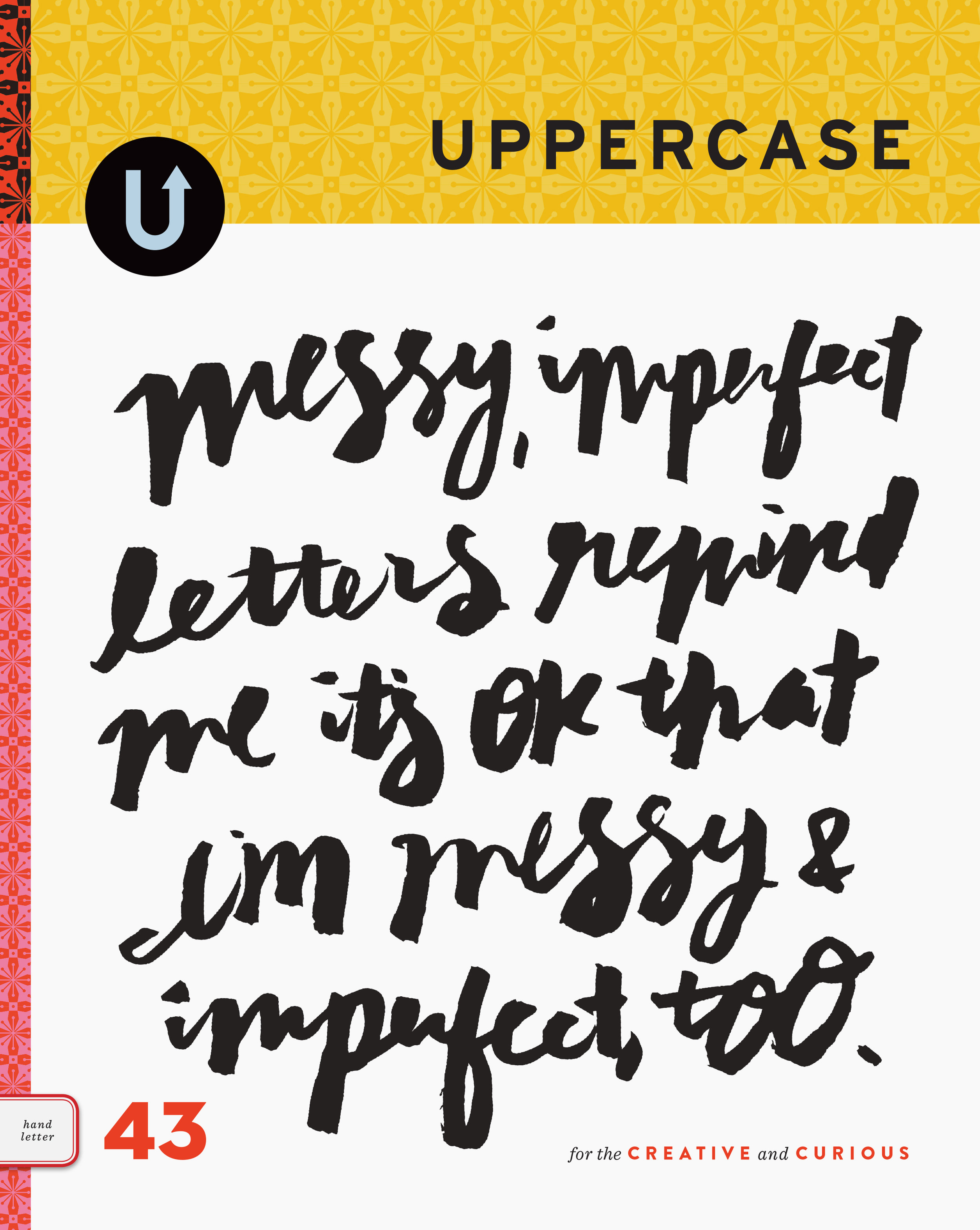DesignThinkers: Julia Hoffmann
/Julia Hoffmann is MoMA's creative director. As the head of the in-house design team of 6 designers and some freelancers, she handles brand identity and exhibit graphics, advertising, signage, collateral, etc. I found her talk quite interesting since during my freelance years I did design work for much smaller cultural institutions such as the local opera as well as art galleries. Some points taken during her presentation:
They think of the opening graphics to an exhibition as mini brands or book covers to entice visitors into the gallery.
"First think, then design."
The MoMA considers other cultural institutions their "competitors".
"It is the spectators who make the pictures."
—Marcel Duchamp
The MoMa typeface is a Gothic Display created in 2004 by Matthew Carter. It is based on Franklin Gothic. By using one typeface (with creative variations as shown above) the designers can focus on the content itself—and not have to have arguments with curators or artists about what typeface is most suitable for each unique exhibition.
Under the theme of 'design thinking', Julia shared a project that the museum undertook this past summer in an effort to get more American tourists to the MoMa. It was a project large in scope with outside consultants and multiple departments offering input. In the end, it was realized that "you can't be everything for everyone" and this red flag signalled a campaign destined to be ineffectual. What was missing in the failed project was "the gut"—there was too much analyzing, too many voices and opinions through committee to create a unified message. So though designing and thinking to various degrees are always necessary, you have to leave room for emotion, intuition and randomness. "We use the designing and thinking to rationalize our gut," Julia stated during her presentation.
Some other words of advice? Speak up and don't be shy when it comes to design. Question the brief... does it make sense? Challenge the vision of non-designers and ask them to trust you.










